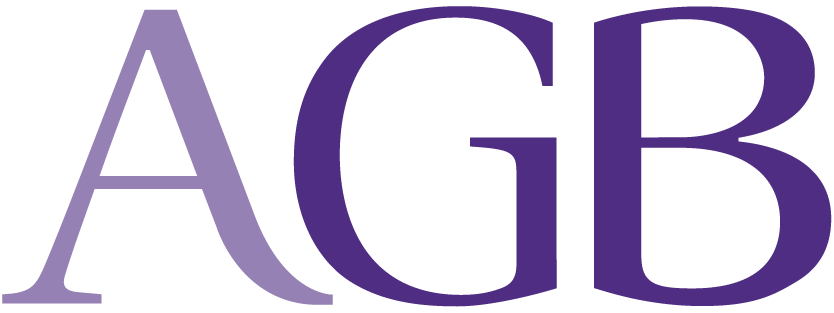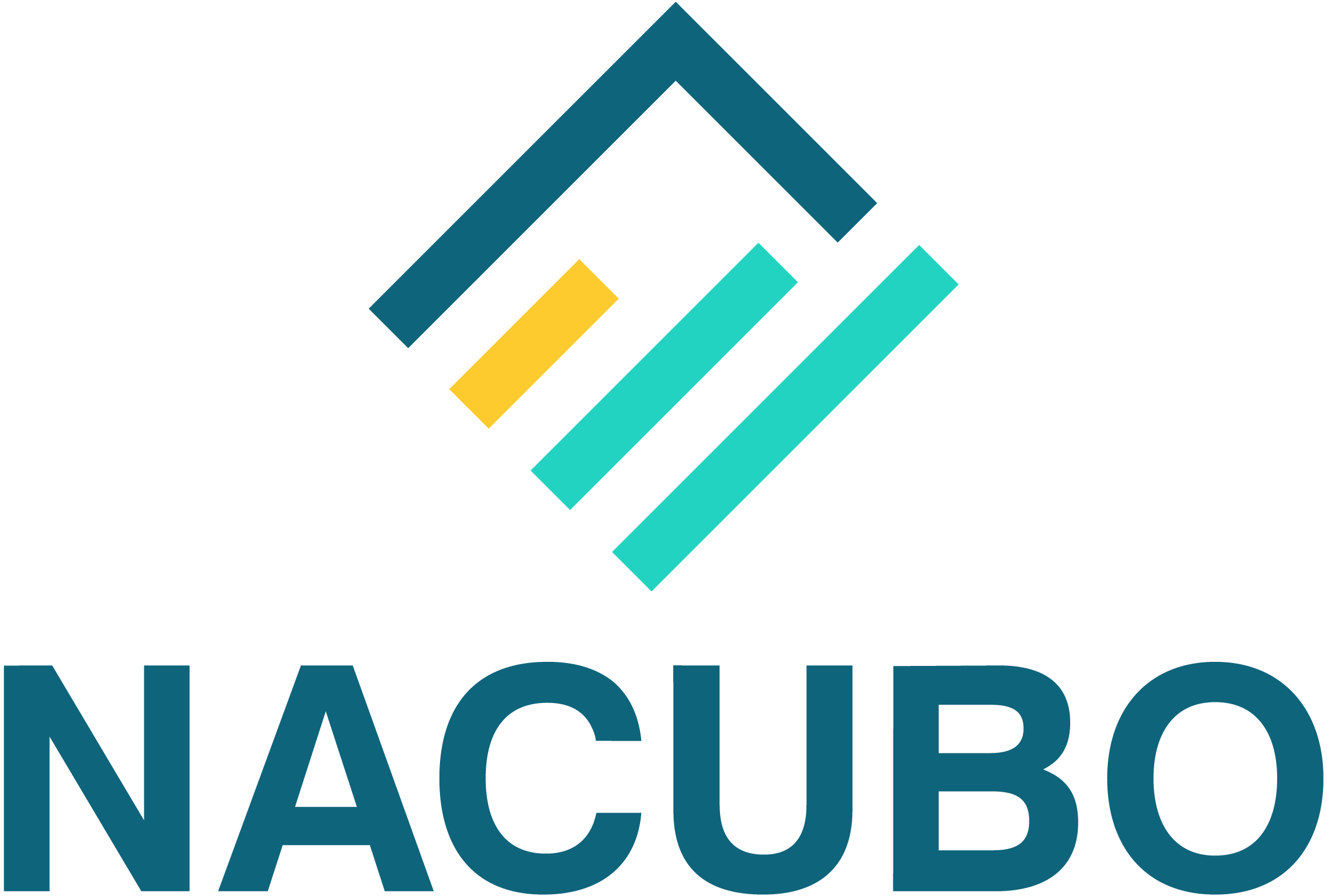Boardroom Conversations:
What Are the Roles and Responsibilities of Our Leadership?
To be an effectively governed institution with the capacity to respond to unanticipated crises requires a commitment to an inclusive leadership model with clearly defined roles and responsibilities for all parties. The following is a brief overview to help inform the conversations that need to take place between the governing board, president, and the CFO (among others) to achieve the necessary operational proficiency required institutionally in both periods of stability and instability.
Click the icons below to jump to an overview and responsibilities for each role.
Another essential component of a college or university’s leadership structure, implied but not explicitly mentioned here, is the web of interpersonal relationships between the governing board and the president; the president and the provost/chief academic officer (CAO); and the president, CAO, and CFO. In an effective shared governance environment, there are elevated levels of trust among each fostered by a commitment to inclusivity in the management and oversight of the institution’s business model and access to the data that drives its decision-making. Additionally, in a shared governance model there is an acknowledgement by each of the important responsibility to engage and inform their individual constituencies (faculty, staff, students, alumni, donors, et cetera) to keep them apprised of the overall health of the institution and any challenges it may be facing.
By collaboratively building a sound institutional business model in stable times, institutional leadership will find it easier to navigate the more perilous times because they will have gained the trust and confidence of institutional stakeholders when it is needed most.
College leadership must understand their constituencies’ capacity to accept change, particularly the faculty given their unique governance role in overseeing the curriculum and educational delivery, and to have the “authority” to speak for them when decisions need to be made. These interpersonal relationships and acknowledgement of roles and responsibilities are prerequisites in challenging times when stakeholder trust and understanding are two of an institution’s most essential commodities.
Board Chair

Role
In consultation with board leadership and the president, a fundamental role of the board chair is to ensure alignment of strategic objectives with the college or university’s day-to-day operations. The board chair must also ensure that the institution is exercising sound management practices without the governing board overstepping the boundary lines between management and governance—“noses in, fingers out.” The board chair consults with the president to confirm that the appropriate questions are asked to confirm the institution is appropriately resourced and staffed to protect its long-term sustainability and financial viability, and that the institutional programs offered have clearly defined purposes in support of the college or university’s mission, and that those purposes are being achieved.
Responsibilities
In consultation with the college’s senior leadership, the board chair performs other key functions intended to support sound governance of the institution including:
- Appoints strong committee chairs with clearly defined charters and delegation of roles and responsibilities;
- Works with board leadership and the president to plan the agenda for board meetings and shapes the work of the board;
- Works with the appropriate committees to affirm that sound financial and business practices are in place;
- Works with the appropriate board committees to ensure board members have the requisite skill sets to support their fiduciary responsibilities and provide periodic wide-ranging education sessions regarding the college’s business model;
- Builds trust between board and college leadership by empowering president and senior staff to be innovative when dealing with difficult business decisions;
- Promotes a “culture of transparency”;
- Assesses the college governance structure’s capacity to respond to business threats—institutional adaptability and flexibility, and incremental v. decisive action; and
- Requires a multiyear financial planning model linked to a strategic plan.
“One of a board chair’s most important responsibilities is to periodically remind their fellow board members that their fiduciary responsibility is not to be “guarantors of the past” but stewards of the institution’s future.”
Henry Stoever
President and CEO, Association of Governing Boards of Universities and Colleges
President

Role
As the chief executive officer (CEO) of the college or university, the president is responsible for developing the strategic vision for the institution in consultation with the governing board, ensuring that the resources are available to support the plan, and periodically reporting to the board on the achievement of organizational objectives. An essential role of the president is to periodically provide the college’s board with an internal and external risk assessment of the college’s competitive environment and any threats to its long-term sustainability. To accomplish these tasks the president is authorized to recruit a leadership team with the prerequisite skills and experience to manage day-to-day operations and motivate staff by creating an inclusive culture of open communication and collegiality while engaging them in the decision-making process.
Responsibilities
Presidential responsibilities include:
- Continuous leadership assessment, which includes:
- Right people in the right chairs, and
- Inclusive engagement with each member of the senior leadership team and effective team building;
- Ensures periodic strategic review of business model’s evolution to remain competitive and ensure desired institutional performance (that is, fiscal, academic quality, student success outcomes);
- Initiates board discussions around the college’s strategic direction;
- In consultation with the chief academic officer, ensure the faculty is an engaged partner in seeking constructive solutions to any internal or external threats to the viability of the institution’s business model;
- Engages with external partners and key supporters of the institution to keep them apprised of the college or university’s planning assumptions and long-term strategic goals and objectives; and
- Aligns institutional financial plan with strategic priorities.
“Collaborative leadership is essential if our institutions are to thrive in this rapidly changing environment. Together, the president, CFO, and board members must establish a common purpose, manageable expectations, and clear communication that inspire a sense of confidence and resiliency.”
Marjorie Hass
President, Council of Independent Colleges
Chief Financial Officer

Role
Traditionally, in higher education, the CFO is responsible for maintaining the institution’s records, reporting on its financial performance, and verifying institutional compliance with statutory and regulatory policies. Today, in high-performing colleges the CFO and president work closely and collaboratively, and the CFO serves as a sounding board, strategist, and institutional business risk mitigator. As part of these responsibilities, the CFO at most colleges has a distinct reporting function to the board given its broad fiduciary responsibilities.
Responsibilities
Specifically, the CFO:
- Undertakes periodic environmental scans to assess risk to college business model in consultation with the chief academic officer and the senior leadership team;
- Develops an institutional dashboard of key business drivers and assumptions with stakeholder inputs and periodically publishes information relative to performance, projections, and recommended actions or decision points;
- Regularly undertakes a variance analysis–tracks data at macro level by program and/or line of business;
- Establishes risk tolerance and institution-specific operational performance objectives;
- Actively engages in the production and/or approval of business plans when launching new or revising existing programs to keep an institution relevant;
- Builds multiyear financial planning model and stress-tests same; and
- Articulates the value of transformation, with supporting external and internal data, and how it will support overall financial health of the institution while preserving the institution’s mission.1
“Many higher education professionals believe the relationship between the provost and CFO, empowered and supported by the president, is the single highest determinant of success in dealing with internal and external threats and the effectiveness of the institution’s ability to navigate through challenging economic and/or political times.”
Susan Whealler Johnston
Late President and CEO, National Association of College and University Business Officers
1 Ankur Agrawal, Christian Grube, and Meagan Hill, In Conversation: The New CFO Mandate, McKinsey & Company (April 8, 2022), https://www.mckinsey.com/capabilities/strategy-and-corporate-finance/our-insights/in-conversation-the-new-cfo-mandate.
Related Resources
Association of Governing Boards. “Finance Committee Chair Toolkit.” (Toolkit). https://agb.org/knowledge-center/finance-committee-chair-toolkit/.
Baker Tilly. Fiscal resiliency in higher education: board’s role as a catalyst for change. (Blog). January 26, 2021. https://www.bakertilly.com/insights/fiscal-resiliency-in-higher-education-boards-role.
Salluzzo, Ron and Phil Tahey. Bridging the Stewardship Gap Toward Effective Finance Committees. Washington, D.C.: National Association of College and University Business Officers, 2018.
Trammell, Jeffrey B. Effective Board Chairs: A Guide for University and College Chairs. Washington, D.C.: Association of Governing Boards, 2016. https://agb.org/product/effective-board-chairs-a-guide-for-university-and-college-chairs/.








